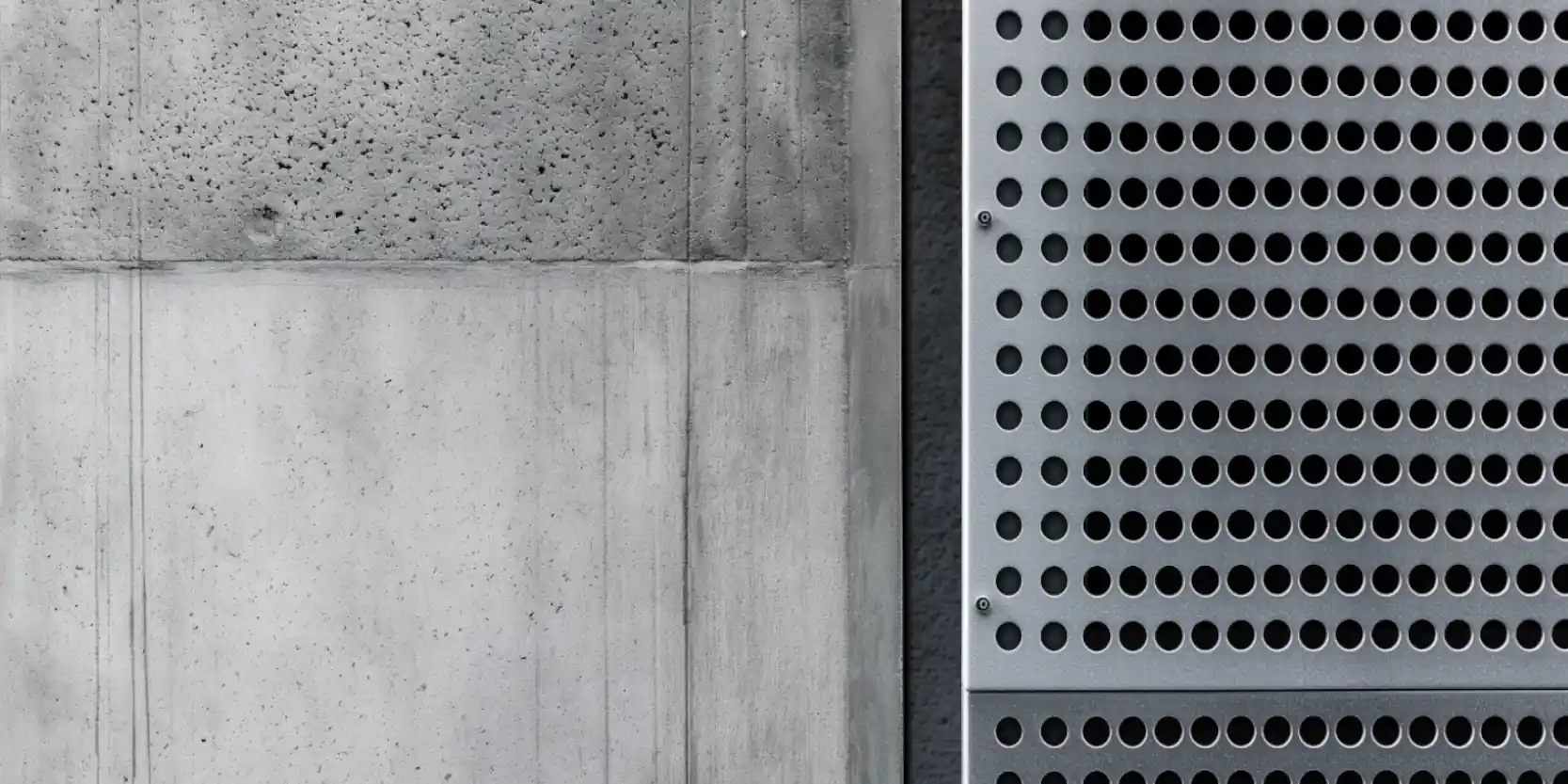Manufacturing & industrial acoustics
Navigating acoustics in industrial environments
Book a Manufacturing & industrial survey→Industrial grade panelling that helps meet HSE Standards
Factories are dynamic and exciting workplaces, filled with the sounds of clanking metal and beeping machinery. Amid this lively backdrop, it’s easy to overlook the potential for permanent damage caused by loud noise. Jobs in manufacturing and engineering are particularly prone to very loud or sometimes explosive noises. This often makes noise-induced hearing loss a significant concern.
Regulatory guidelines and responsibilities
The Health and Safety Executive (HSE) have simple and clear guidelines on when and how workers must be protected from noise.
- At 80dB: employers must assess the level of risk and provide training to employees.
- At 85dB: employers must provide hearing protection and hearing protection zones.
Practical steps for noise reduction
The priority procedure for an employer to take is to eliminate hazardous noise. Easier said than done, this can be very specific to the mechanics of your equipment/line and what, ultimately, is causing the noise.
Have a look at these case studies in the food and drink manufacturing industry and how they have successfully reduced unwanted noise.
In situations where eliminating the noise cannot be achieved, noise exposure should be reduced as far as reasonably practicable. Again, pretty specific to the source of the noise, some common solutions are:
- Utilising low noise equipment: Invest in machinery that operates more quietly.
- Isolating workers from noise hazards: Use barriers or enclosures to separate workers from noisy equipment.
- Reducing sound radiating surfaces: Cover large, flat surfaces with sound-absorbing materials.
- Isolating vibrations: Install vibration dampers to minimise the spread of noise.
- Introducing noise refuges for workers: Create quiet zones where workers can take breaks from the noise.
- Installing sound absorbent linings: Use acoustic panels and other materials to absorb excess noise.



Effective risk mitigation for workplace acoustics
Providing personal protective equipment (PPE) alone is not effective risk mitigation. Employers should follow the Hierarchy of Controls to systematically reduce noise exposure.
Addressing reverberation
High reverberation times caused by high ceilings and reflective surfaces can make industrial noises more dangerous. A simple and cost-effective solution involves fitting sound-absorbing materials in problem areas. This approach can reduce noise levels, protect workers, and demonstrate to authorities that you’re taking the right steps to mitigate the hazard sound can pose.
We are here to help
Improving acoustics in industrial and manufacturing environments can be important for the safety and well-being of employees. By implementing targeted noise reduction strategies and adhering to HSE guidelines, employers can create safer, more comfortable workplaces.
For more information on industrial acoustics and expert advice on improving your workplace’s acoustic environment, book a free consultation today!

